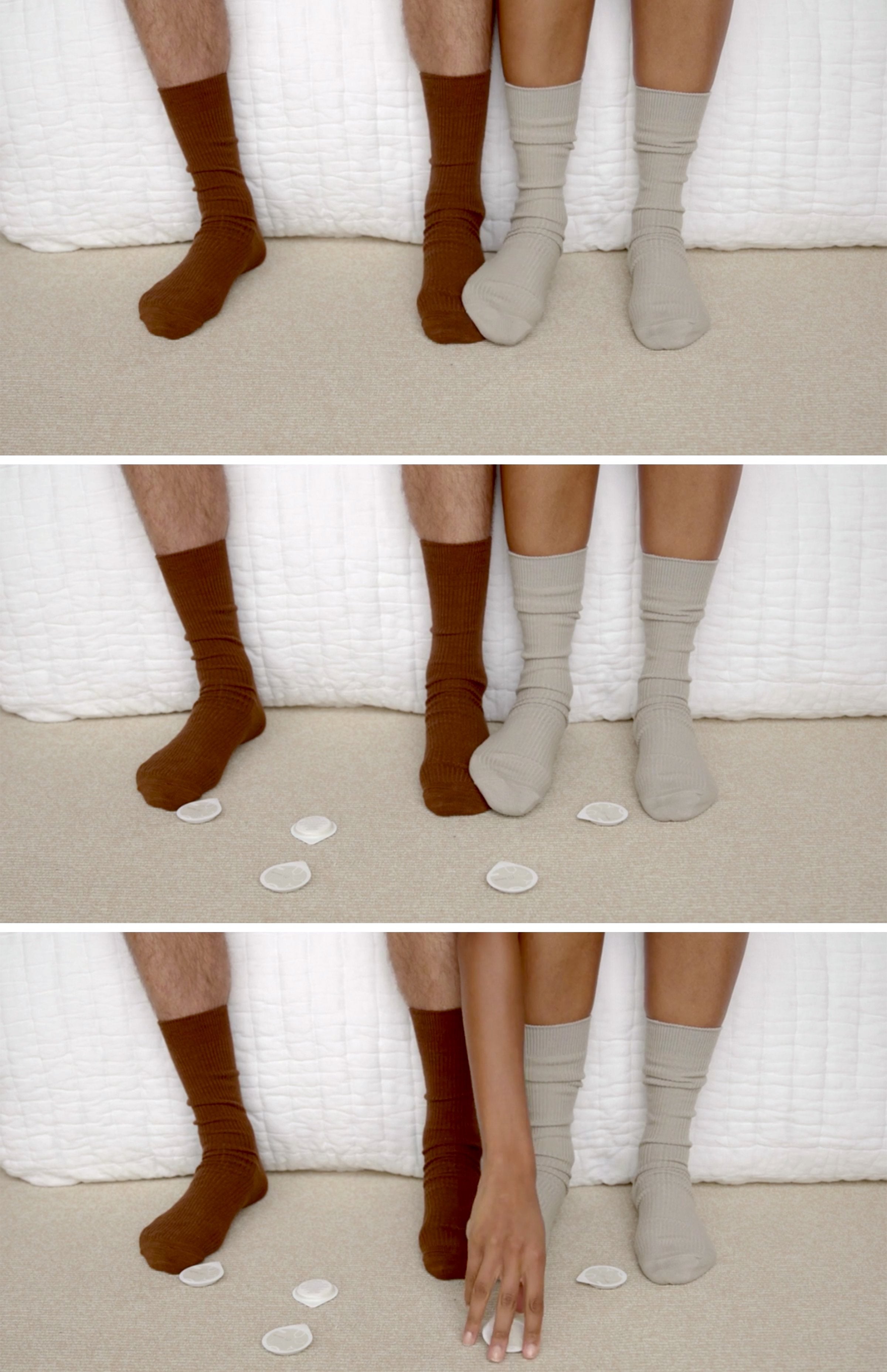the price of intimacy.

Who pays for birth control in a heterosexual relationship? It’s complicated.
Up front, the finances behind date night might seem straightforward. You could split the bill down the middle, or one person could take the bill, with the other promising to treat them next time. It gets a little more complicated, though, when you take things to the bedroom—especially for heterosexual couples. Who pays for birth control?
As The Atlantic recently reported, some pairs share the cost—especially when investing in preventative measures like IUDs, which can come with a price in the thousands, especially without insurance. It’s not a practice that’s altogether common quite yet, but the philosophy behind it is pretty straightforward: If both parties should be financially responsible should an unexpected pregnancy arise, shouldn’t both do their part to prevent that pregnancy?
Yes, you might assume—but preventative measures have long been gendered. A 2016 study showed that two-thirds of condoms are purchased by men and almost the same amount of women had never purchased them at all. These social expectations have led to many couples splitting the bill in a one particular way: Men buy condoms, women buy birth control.
But not only is this practice based on outdated stigmas about sexuality and control (anyone can buy their own condoms), it also leaves the question of bigger costs unanswered. Men might buy emergency contraception like Plan B (though a 2017 study did show that 42 percent of men between the ages of 18 to 24 were not aware that such a thing existed). But chipping in for an IUD that can last as long as 10 years? It’s complicated. But not too complicated that some couples aren’t figuring out a financial agreement that works for them (some, like the couple featured in The Atlantic’s reporting, splitting the cost in half). Birth control, after all, is beneficial to everyone involved—but it can cost women substantially more both financially and physically (cramping, bleeding, and all other side effects considered).
Male birth control, we know, is an entirely plausible reality that still just hasn’t trickled into the medical mainstream. Until then, it might be best to even out the imbalances the best way you can—with your wallet.


